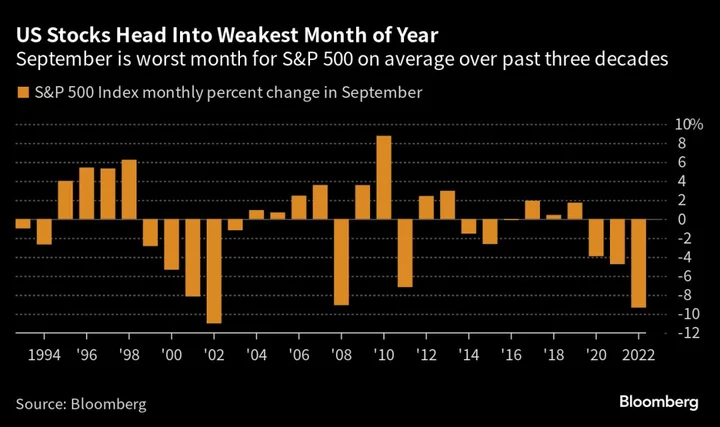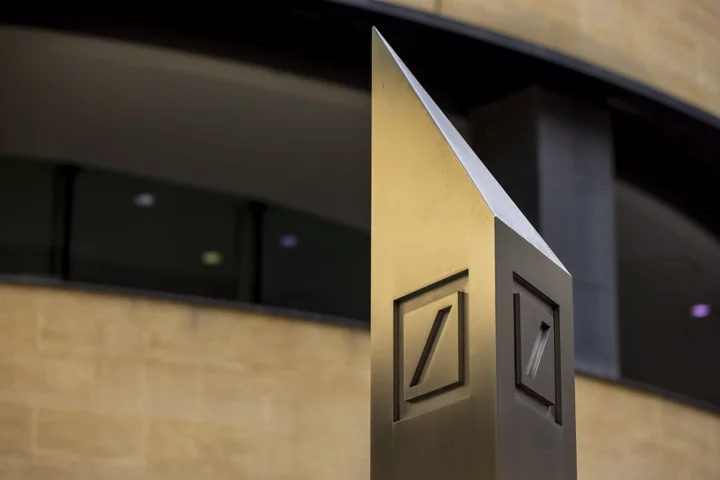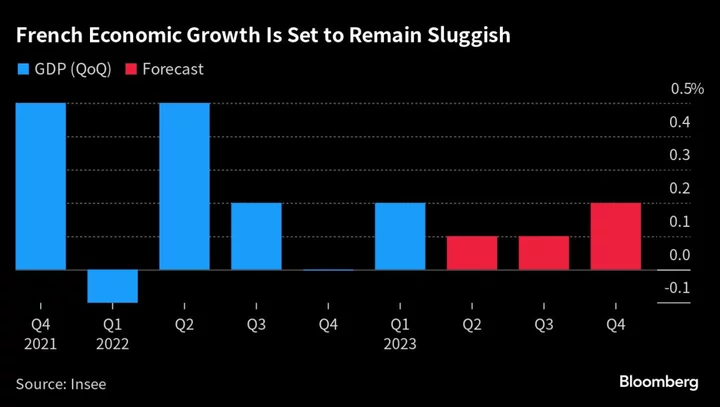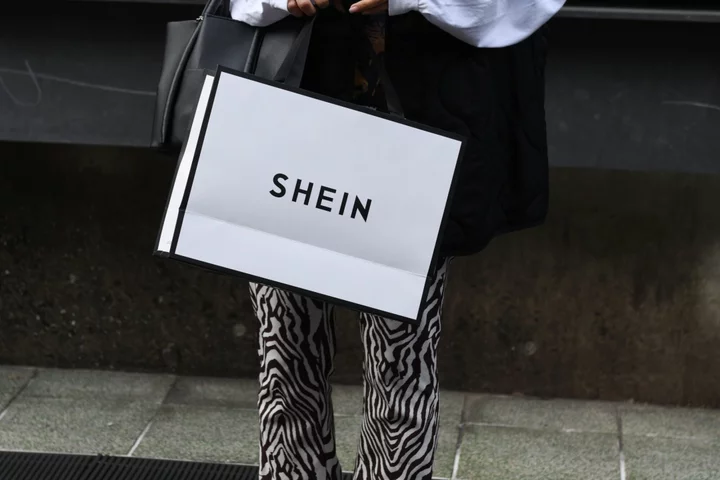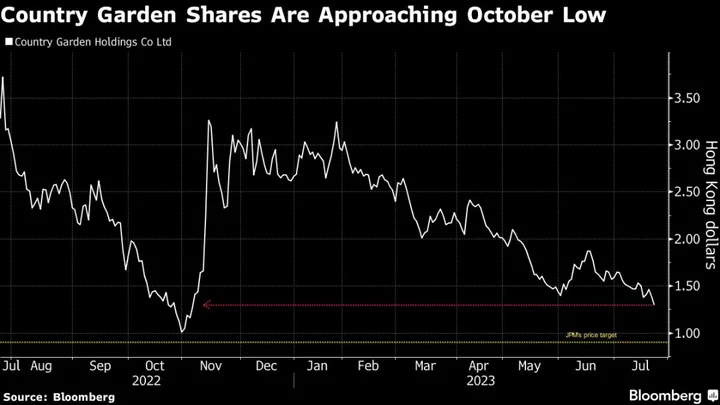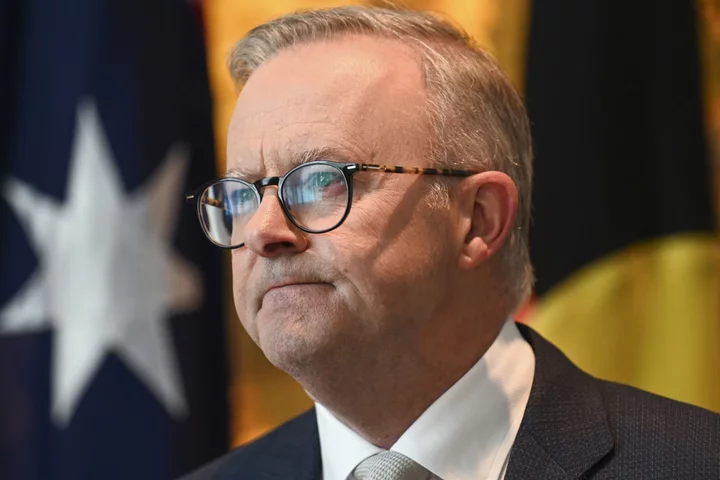Surprised that the S&P 500 swung into the green Friday? Don’t worry. Just wait. It’ll fall again after the next opening bell.
That’s been the August trend, at least, thwarting any effort to revive the US stock-market rally since it stalled early this month.
Nineteen trading sessions have come and gone in August without a single back-to-back gain in the S&P 500. If that continues, it will be the first month without two consecutive up days since April 2002, during the bear-market that followed the bursting of the dot-com bubble and the Sept. 11 terrorist attacks.
The pattern illustrates the lack of conviction among investors after the sharp run-up fueled by artificial intelligence breakthroughs, better-than-expected earnings and speculation the Federal Reserve would shift to cutting interest rates once the economy cooled. By the end of July, the S&P 500 had risen almost 30% off its October lows.
The mood has since shifted as the surprising resilience of the economy and sticky inflation have markets expecting the Fed to hold rates high. On Friday, Chair Jerome Powell reinforced that conviction during a long-awaited speech in Jackson Hole, Wyoming, where he emphasized that the central bank stands ready to keep raising interest rates, if needed, to keep pulling down inflation.
“The equity market ran very hot into late July, and it’s in this cooling, what’s-next phase,” said Todd Sohn, ETF and technical strategist at Strategas Securities LLC. “Some clarity on interest rates would certainly help. Is the Fed done? That’s probably the next catalyst.”
It’s easy to see why the rally stalled. By the start of the month, the S&P 500 was less than 5% away from retracing its record high, despite deep uncertainty about the economy. Then came a combination of rising yields, interest-rate anxiety and weak seasonal patterns that gave skeptics the upper hand.
Many held out hope for help from Nvidia Corp., a major force in the AI-fueled tech-stock surge. But even a blowout forecast from the chipmaker Wednesday wasn’t enough to rekindle it. Morgan Stanley strategist Michael Wilson pointed to that as a signal this year’s rally is “exhausted,” portending more declines to come.
The other times when the S&P 500 went this long without two consecutive up days occurred during turbulent times. It happened during the pandemic’s first wave in March 2020 and before that in October 2018, when concern about slowing growth ratted investors. In 2015, the S&P 500’s first real down year since the great financial crisis, a streak of at least 25 days without back-to-back up days happened twice.
“It’s less of a clear case for bulls at this point,” said Chad Morganlander, senior portfolio manager at Washington Crossing Advisors. “Valuations are less compelling, and a lot of positives are priced in with the S&P 500 near the 4,400 line.”
Mark Newton, head of technical strategy at Fundstrat Global Advisors, has his eyes on 4,400 as well. That’s a threshold being watched closely by technical analysts — who look for insight in historic trading patterns — since a sustained push above that level could indicate the stock market is gaining renewed strength. It closed just above that Friday after a 0.7% gain.
But the general drift this month has been down, with the S&P 500 rising just six days this month. And September doesn’t tend to be a good time for stocks: In the past three decades, the benchmark has averaged a loss of 0.4% during September, making it the worst month of the year, data compiled by Bloomberg show.
To Newton, the trajectory of equities in the coming weeks will hinge on how much further bond yields rise — and how fast.
That has particular bearing on technology and so-called growth shares whose projected profits are delivered years in the future, which means the present value of those future profits are worth less as yields rise. The yield on a 10-year Treasury note has advanced in five out of six weeks.
“Markets appear to be at an inflection point as investors assess various cross currents,” said Sophia Drossos, economist and strategist at Point72 Asset Management.
“Since the start of the summer, the resilience of the U.S. economy led consensus expectations — somewhat begrudgingly — to abandon the view for an imminent recession,” she said. “But going forward, there is considerable uncertainty about the outlook.”

